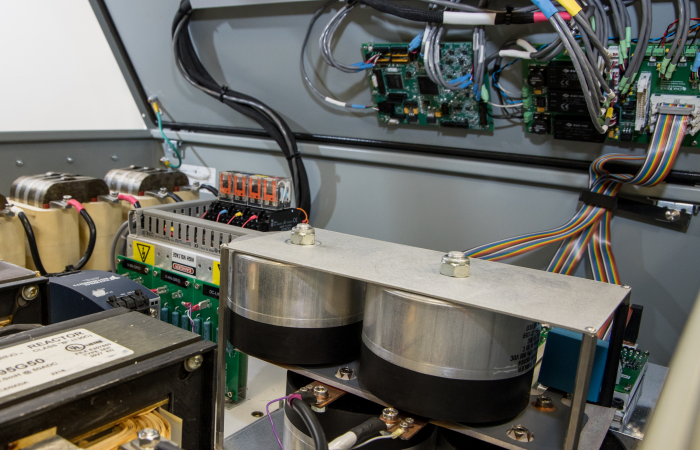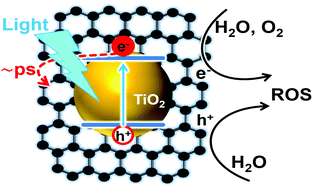(NTU Singapore scientists convert plastics into useful chemicals using sunlight)
2019/12/11 シンガポール・南洋(ナンヤン)理工大学(NTU)

・ NTU が、太陽光を利用してプラスチック廃棄物を有用な化学物質に変換する技術を開発。
・ 溶液中のプラスチック廃棄物を太陽光エネルギーによる光触媒反応でギ酸に変換。ギ酸は燃料電池での発電や保存料、抗菌剤に利用できる化学物質。
・ 使用した光触媒は、車輌用の合金鋼や航空機用のアルミ合金で一般的に使用される、安価で環境に優しい金属のバナジウムを有機基で担持したもの(LV(O))。ポリエチレンのような非生分解性プラスチックを含有する溶液中で人工の太陽光に曝されると、同光触媒はプラスチックの炭素-炭素結合を 6 日間で切断し、ポリエチレンをギ酸に変換した。
・本研究結果は、重金属を含有しない触媒と可視光を利用した、非生分解性プラスチックの完全分解を初めて報告するもの。シンガポールではプラスチック廃棄物のほとんどが焼却処理されており、CO2 排出や大量に発生する焼却灰の処理が課題となっている。
・プラスチック廃棄物を有用な化学物質に転換するアプローチには、水と太陽光でプラスチックから水素ガスを生成する光化学改質(photoreforming)があるが、この手法では毒性の重金属のカドミウムを含む触媒を要する。また、取扱いが危険な強力な化学溶液でプラスチックを処理する手法もある。
・ 同光触媒を利用した変換プロセスを改善し、水素ガス等の有用な化学燃料生成を試みる、
・ 本研究は、NTU の Artificial Photosynthesis Laboratory と基礎的な科学的アイデアから有用なアプリケーションへの転換を目指すシンガポール科学技術研究庁(A★STAR) Advanced Manufactruing and Engineering(AME) Individual Research Grant が一部支援した。
URL: https://media.ntu.edu.sg/NewsReleases/Pages/newsdetail.aspx?news=99a1dc09-8853-4c14-a026-fb79901faaed
(関連情報)
Advanced Science 掲載論文(フルテキスト)
Visible Light–Driven Cascade Carbon–Carbon Bond Scission for Organic Transformations and Plastics Recycling
URL: https://onlinelibrary.wiley.com/doi/full/10.1002/advs.201902020
<NEDO海外技術情報より>
Abstract
Significant efforts are devoted to developing artificial photosynthetic systems to produce fuels and chemicals in order to cope with the exacerbating energy and environmental crises in the world now. Nonetheless, the large‐scale reactions that are the focus of the artificial photosynthesis community, such as water splitting, are thus far not economically viable, owing to the existing, cheaper alternatives to the gaseous hydrogen and oxygen products. As a potential substitute for water oxidation, here, a unique, visible light–driven oxygenation of carboncarbon bonds for the selective transformation of 32 unactivated alcohols, mediated by a vanadium photocatalyst under ambient, atmospheric conditions is presented. Furthermore, since the initial alcohol products remain as substrates, an unprecedented photodriven cascade carboncarbon bond cleavage of macromolecules can be performed. Accordingly, hydroxyl‐terminated polymers such as polyethylene glycol, its block co‐polymer with polycaprolactone, and even the non‐biodegradable polyethylene can be repurposed into fuels and chemical feedstocks, such as formic acid and methyl formate. Thus, a distinctive approach is presented to integrate the benefits of photoredox catalysis into environmental remediation and artificial photosynthesis.



